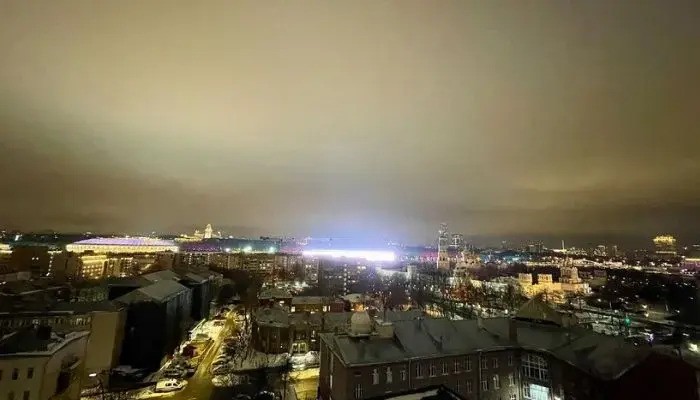Light pollution is becoming a serious challenge for astronomers worldwide. The growing spread of human-made light is clouding the night sky, making it harder to study distant galaxies, stars, and other faint celestial objects. This rapid increase in artificial brightness is now considered one of the most urgent threats to astronomical research.
Growing Artificial Glow
Excessive outdoor lighting from buildings, advertisements, and roadways is obstructing clear sky views. According to recent data, human-produced light in the night sky is increasing by about 10% each year. This glow prevents scientists from observing faint stellar bodies such as galaxies and cosmic clouds.
Urban expansion is also shrinking the isolation of remote observatories. Light from cities can brighten skies up to 200 miles away, especially in mountaintop locations. As cities move closer, even the dimmest stars and galaxies become harder to detect.
Role of Space Telescopes
Space telescopes like Hubble and James Webb give astronomers an advantage by avoiding Earth’s atmospheric interference. Their massive parabolic mirrors, measuring 20 to 35 feet, capture light blocked from ground-based observations. These instruments remain crucial in advancing space exploration technology.
Read: OpenAI Restores GPT-4o After GPT-5 User Backlash
However, moving all astronomical studies to space is impossible. Space missions are expensive, and hundreds of ground-based telescopes remain essential to research. With human activity expanding, even remote observatory sites face growing threats from artificial light.
LED Lighting Revolution
Historically, most outdoor lighting came from sodium vapor lamps. These produced an orange-pink glow with minimal blue and green light, leaving large portions of the night sky’s spectrum undisturbed. This allowed astronomers to conduct new observations, especially in blue and green wavelengths.
The arrival of LED lighting changed this balance. Early LEDs emitted a high fraction of blue and green light, which severely impacts astronomical visibility. While newer LEDs offer warmer tones with similar efficiency, cities still install broad-spectrum lighting for cost and performance benefits.
The U.S. Department of Energy predicted LEDs would lower energy consumption while maintaining brightness. Yet satellite data shows the opposite—total nighttime brightness is rising. Many cities maintain similar energy costs while producing more light, worsening light pollution.
Industrial Impact on Dark Skies
Even telescopes in remote areas like northern Chile or western Texas are affected. Industrial operations such as mining and gas facilities add powerful artificial light that can be seen from far away. This compromises the ability to detect faint celestial objects.
Light pollution now impacts more than just astronomers. Studies reveal that 80% of the world’s population cannot see the Milky Way. In some Asian cities, night skies are so bright that people walking outdoors never experience true darkness, making it impossible for their eyes to adapt to low light.
A Right to Starlight
In 2009, the International Astronomical Union declared that access to the night sky is a universal right. Seeing the stars is not only a scientific privilege but also a human experience of beauty and wonder. Protecting dark skies is essential for both cosmic research and cultural heritage.
Preserving darkness will require coordinated efforts—reducing unnecessary lighting, adopting astronomy-friendly technology, and planning urban growth to minimize skyglow. Without urgent action, the brilliance of the stars could fade from human sight, leaving future generations with a sky permanently dimmed by human progress.
Follow us on Instagram, YouTube, Facebook,, X and TikTok for latest updates
